Evan Stockmktnewz Palantir Pltr Spx T-Shirt
$27.99 Original price was: $27.99.$19.99Current price is: $19.99.
Buy More Save More!
It’s time to give thanks for all the little things.
-
5% OFF 2 items get 5% OFF on cart total Buy 2
-
7% OFF 3 items get 7% OFF on cart total Buy 3
-
9% OFF 4 items get 9% OFF on cart total Buy 4
-
12% OFF 5 items get 12% OFF on cart total Buy 5

Category: Shirt
Tag: Evan Stockmktnewz Palantir Pltr Spx T-Shirt
Printing on fleece can have it’s challenges and we want to help Evan Stockmktnewz Palantir Pltr Spx T-Shirt . We’ve partnered with Motion Textile to give you a 6 part series all about printing on fleece! This first blog post contains crucial printing tips you must know to be set up for success before we dive in to the details.
Evan Stockmktnewz Palantir Pltr Spx T-Shirt, hoodie, sweater, longsleeve and ladies t-shirt
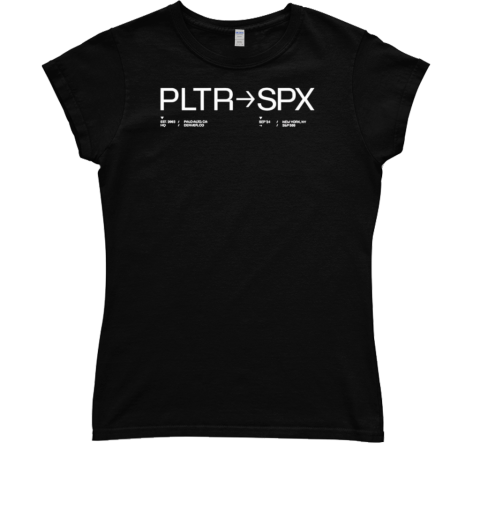
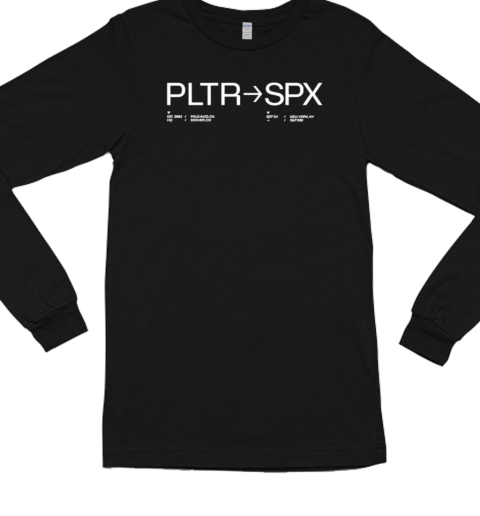
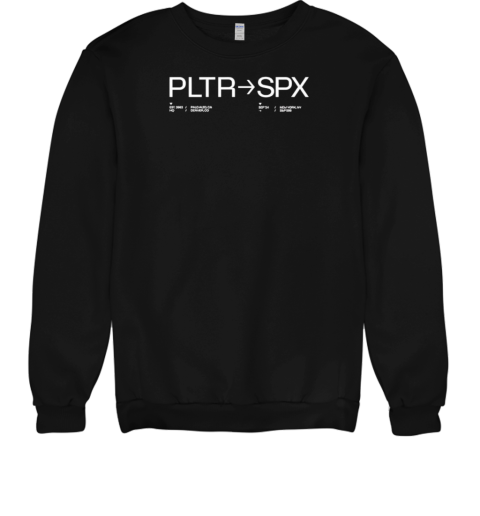
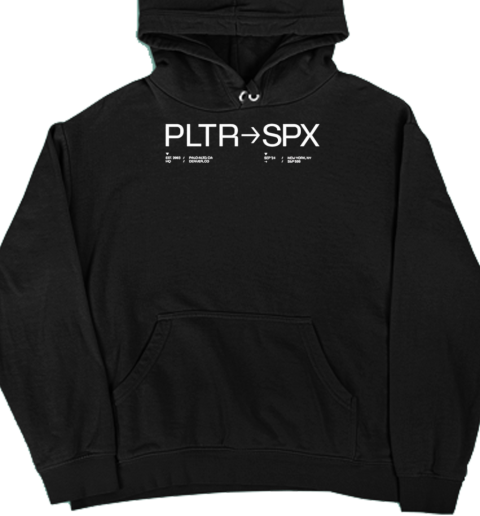
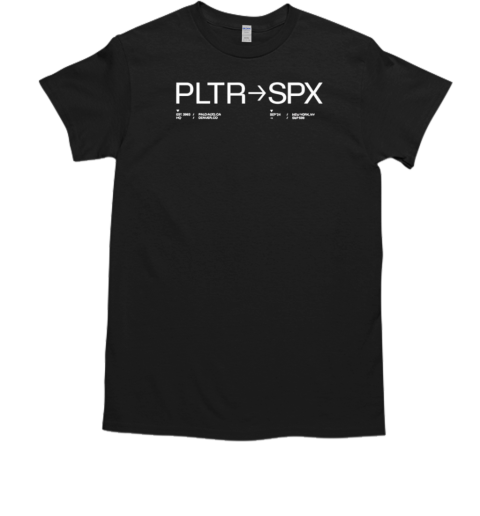
First step for printing fleece Evan Stockmktnewz Palantir Pltr Spx T-Shirt . Adjusting your off-contact (that’s the distance between the screen and the surface of the substrate). You always want to raise the off contact because the fleece is a thicker material, you want to make sure that the screen is not touching the fleece before you print. Make sure you have about 1/8 of an inch of distance between the garment and the screen, so the screen is able to bounce back up after you apply pressure. This will help prevent smudging the ink after it’s laid down. One hack is using a piece of cardboard or thin material to help set your off contact. Secondly, selecting the right mesh count on fleece can really impact your print one way or another. You generally want to go with a lower mesh count at least for the base layer(s). The key is to penetrate the fabric to flatten the fabric out so that you have a smooth and stable printing substrate. Layering down a screen with the low mesh count will help create a smooth surface to print on. We typically start with a 135 mesh count screen for the base layer and then use a 225 mesh count screen for the top layers. Selecting the proper adhesive is very important when printing fleece. For printing jersey knit fabrics, we would generally use a roll-on water-based tack. For fleece, we use an aerosol spray and we spray each and every platen before the garment is loaded on. This is crucial for holding registration on press. Both a web-based spray adhesive or roll-on based pallet adhesive are popular choices when printing fleece. You can always test out different adhesives to see what you prefer. Just make sure the fleece stays put on the platen. An advance tip for printing fleece is to pre flash and flatten the fabrics before the very first print goes down. Run a flash that pre-shrinks the fabric and then the flattener screen is what actually locks the fabric down onto this protective flatten. Taking this extra step before you lay down any ink ensures an ultra smooth print surface on which to lay your design. It’s a quick and easy way to take your print from good to great! When we’re printing fleece, we want to be really careful about controlling the flash temperature on the press. Why is that different than printing on a T-Shirt? Because fleece is really prone to scorching, warping and moving around on press went the flash temperatures are too intense. The general idea is that you want to flash at a lower temperature and at a slightly longer dwell time if needed. For both water based and plastisol inks, we recommend flashing at temperatures between 220 and 260 degrees. This will reduce the risk of your garment streaking or distorting on the press. The best advice for printing on fleece is actually in the design stage. “Designing to the substrate” is what we call it, so creating designs that are actually print-friendly on fleece. Trying to minimize color count, minimize registration, limit the amount of detail in the design, that’s going to be your best bet for getting the best results. We hope these tips were helpful! Now on to the design process. Check back here next week for the first design process!
You Can See More Product: https://nicetshirtstore.com/product-category/trending/
3 reviews for Evan Stockmktnewz Palantir Pltr Spx T-Shirt
Add a review Cancel reply
Related products
Sale!
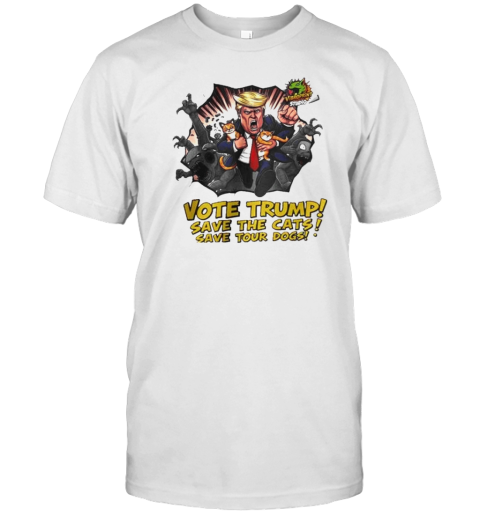
Rated 4.00 out of 5
Sale!

Rated 4.50 out of 5
Sale!
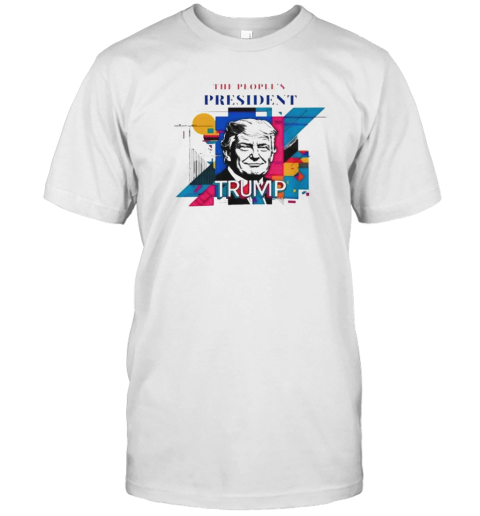
Rated 4.67 out of 5
Sale!
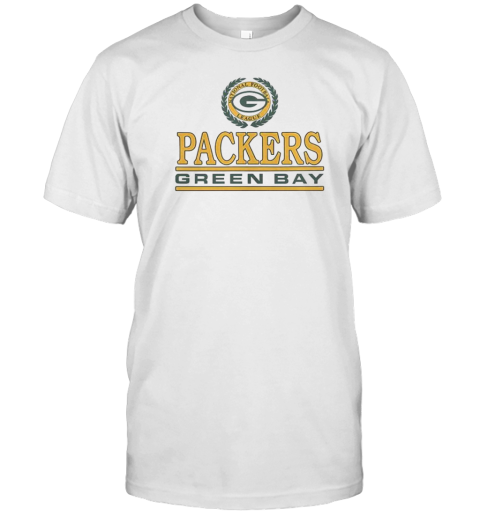
Rated 4.67 out of 5
Sale!
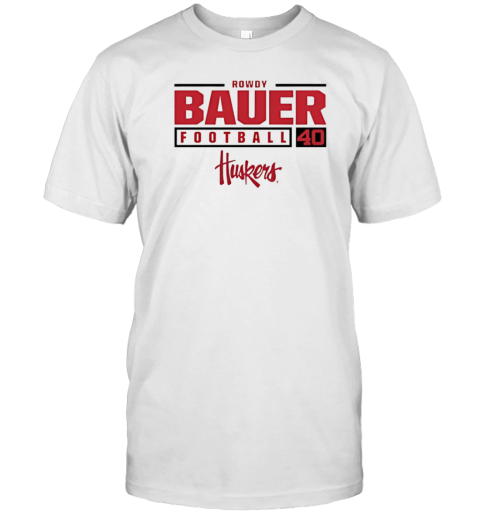
Rated 4.00 out of 5
Sale!
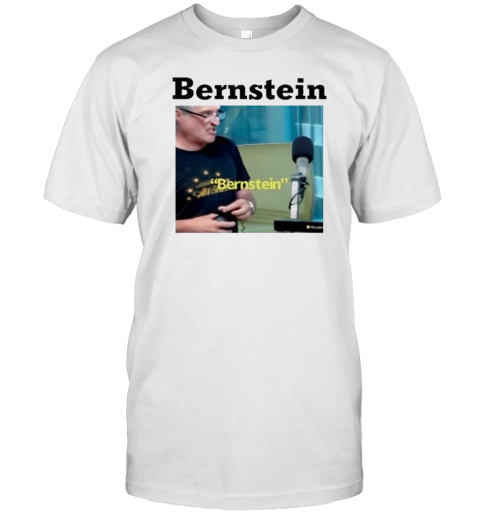
Rated 4.33 out of 5
Sale!
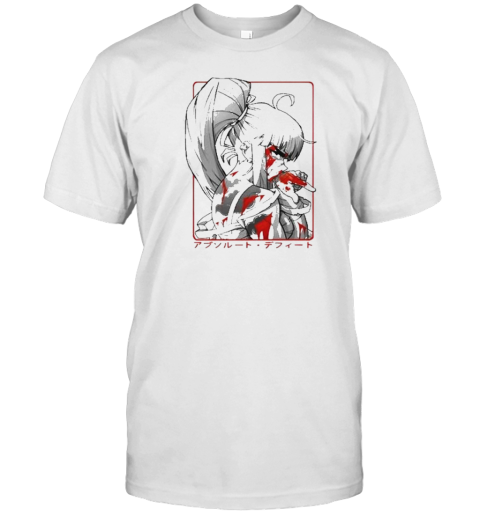
Rated 5.00 out of 5
Sale!
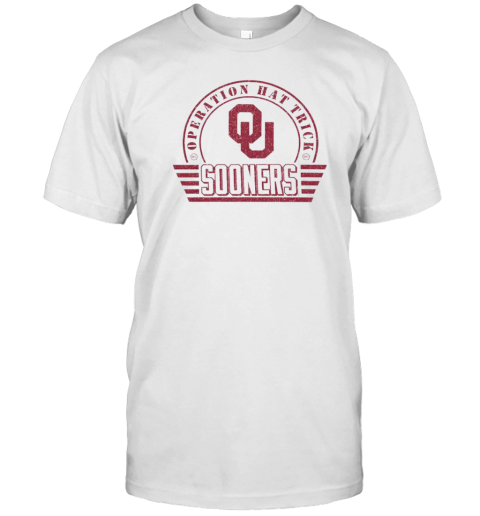
Rated 4.50 out of 5

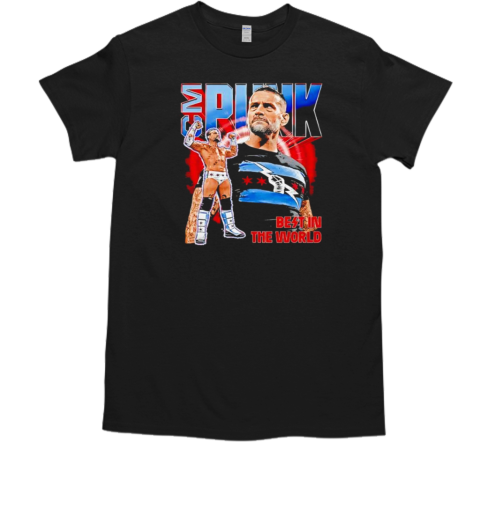
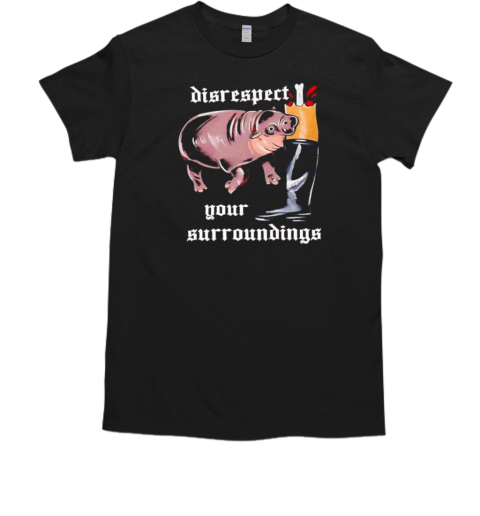
Geoffrey Breault –
Good for price. Bargain/novelty use, medium to medium/light weight.
Good for general or novelty use, but these are not heavy-weight like upper-end graphic tees. If you want good and heavy t-shirts for work, these are not it.
For embroidering, these do need more stabilizing than the white heavy-duty t-shirts you can get at a certain warehouse store, but I needed a good choice of colors. The colors are rich and the ones I’ve received have had no blotches and the seams have been solid. But I do check every shirt before I work on it.
These do begin to show wear/age after 5-6 washings, but if you just need smart-looking shirts for events like workshops and birthdays, these will do!
Cole Ashbaugh –
cool nice fine jadoooore
Nick Heinz –
Great quality
The color is true and as expected. After washing the shirts it shrank just a little bit since it is cotton but otherwise the fit was good. The quality of the shirt was good and felt very soft. I could be in it all day.